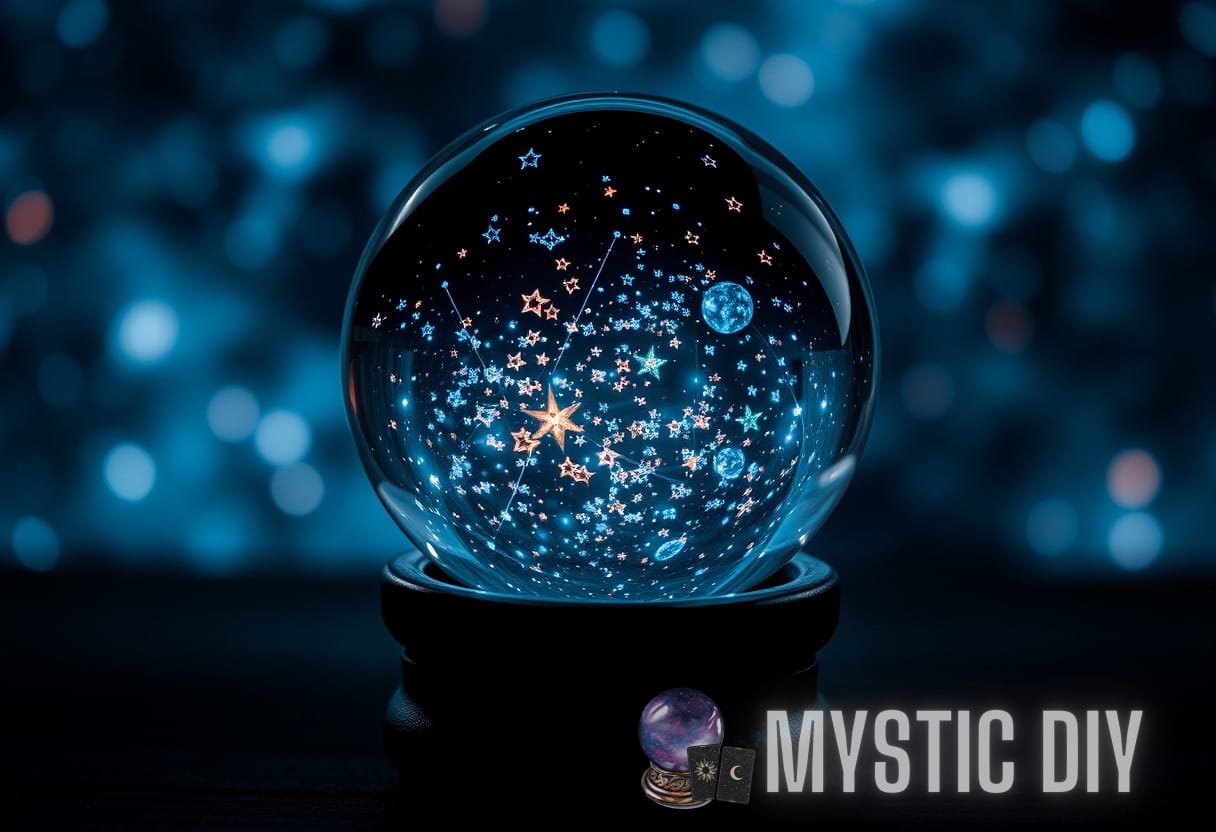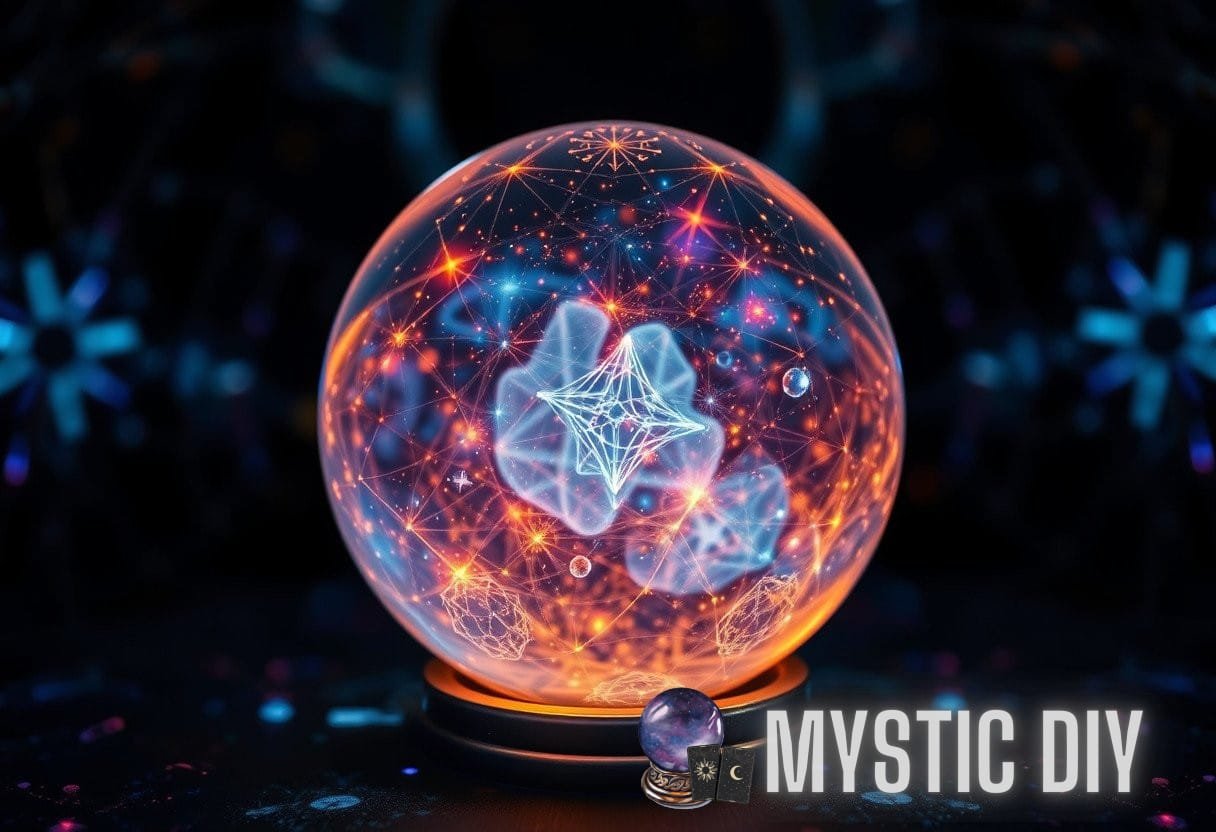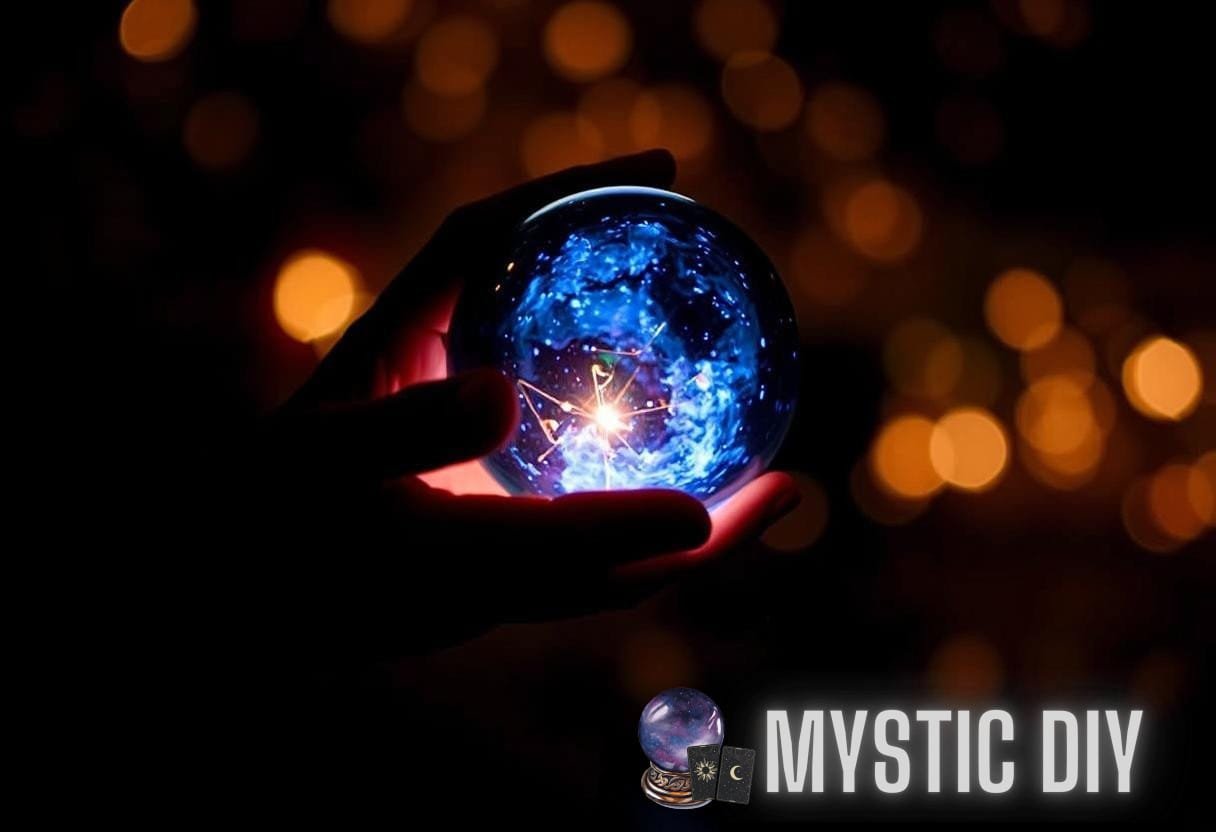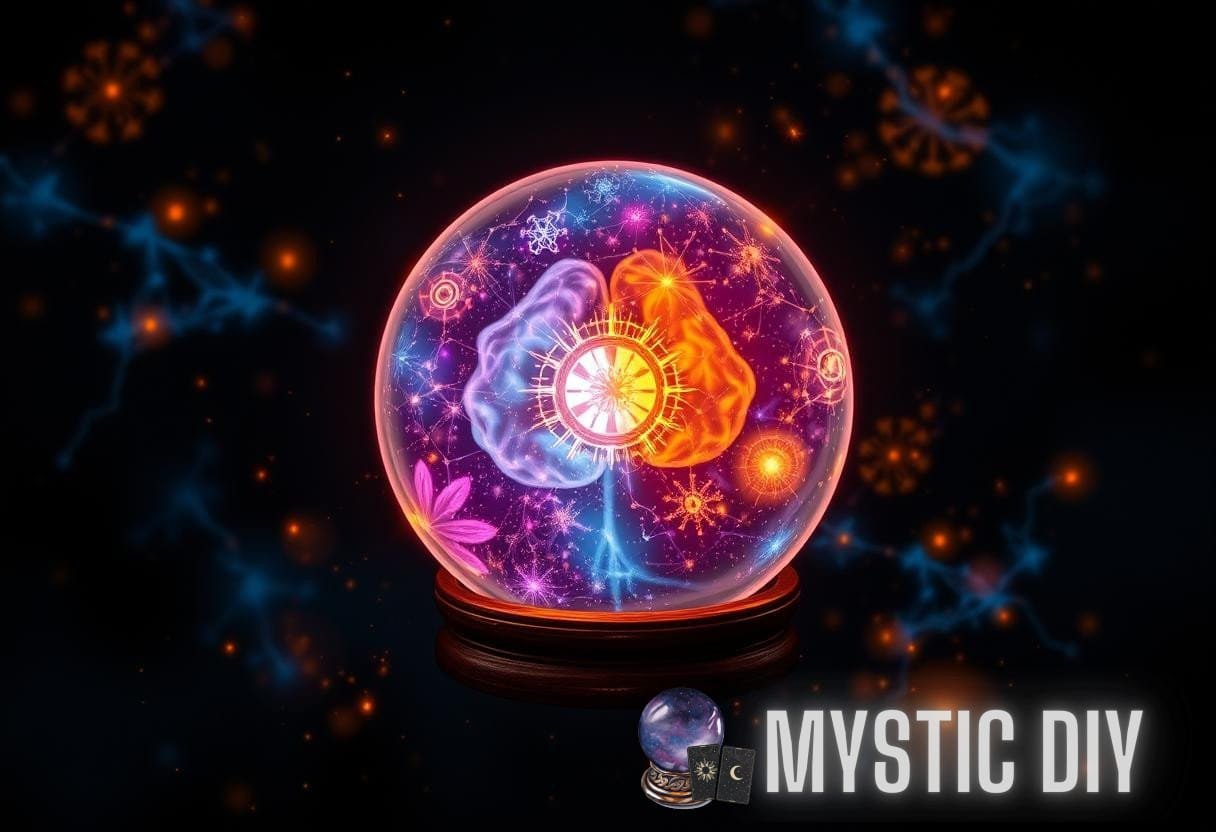Unlocking Visual Mysteries: The Intersection of Neuroscience and Crystal Ball Divination in Enhancing Intuition
The world of crystal ball divination is often perceived as a mystical practice reserved for fortune tellers and those seeking answers from the universe. However, an intriguing synergy exists at the intersection of this ancient practice and modern science, particularly within the realm of neuroscience intuition insights. The study of how our brains interpret visual stimuli can provide valuable understanding into the practice of crystal ball reading, revealing deeper connections to intuition and perception that may enhance the experience for both practitioners and recipients.
The Science of Intuition
Intuition is often described as the ability to understand something immediately, without the need for conscious reasoning. According to neuroscientific research, intuition arises from complex interactions within the brain, particularly involving the prefrontal cortex, amygdala, and areas responsible for memory and emotion.
- Prefrontal Cortex: This region is associated with high-level reasoning, decision-making, and reflective thought.
- Amygdala: Responsible for processing emotions and fear, this structure plays a crucial role in gut reaction and rapid response, often linked to intuitive judgments.
- Hippocampus: This area is essential for memory formation and retrieval, allowing past experiences to inform present decisions.
When individuals engage in intuitive tasks, their brain patterns reveal a fascinating interplay of these areas working collaboratively. This synergy underlies the phenomenon where individuals feel they “just know” something without clear evidence or reasoning. This cognitive process parallels the experience of using a crystal ball to interpret symbolic imagery and messages.
The Mechanisms of Crystal Ball Divination
Using a crystal ball or other forms of divination falls under the category of mystical practices. Practitioners believe that through focusing on the ball, they can tap into a universal consciousness or receive insights from their own subconscious mind. The act of gazing into a crystal can create a meditative state, stimulating different brain waves conducive to intuitive thinking.
Key components of crystal ball divination include:
- Focus: Practitioners often experience a calm state which enhances their ability to receive subtle cues from their surroundings.
- Symbolism: The images or colors seen in the crystal ball can trigger different emotional responses and memories, effectively serving as a prompt for intuitive insights.
- Reflection: The act of gazing into the ball stimulates introspection, allowing practitioners to access deeper layers of their consciousness.
Connecting Neuroscience and Crystal Ball Divination
The integration of neuroscience intuition insights brings significant clarity to how crystal ball readings can be perceived from both a mystical and scientific lens. Studies have shown that engaging with visual stimuli in a focused manner can indeed promote heightened states of awareness.
The Role of Visualization in Enhancing Intuition
Visualization techniques are a core component of many intuitive practices, including crystal ball divination. Neuroscience has demonstrated that imagery can activate similar brain pathways as actual experiences, enabling practitioners to internalize and process visual input more deeply. This phenomenon supports the claim that neuroscience intuition insights can be enhanced through intentional visual practice.
The process of visualization includes several steps:
- Imagery Activation: By visualizing the crystal ball and focusing on its surface, practitioners can engage specific neural pathways aligned with creativity and memory.
- Meaning Extraction: Upon seeing images within the crystal, individuals often draw meaning from these visions based on personal experiences and archetypal symbols.
- Emotional Connection: Emotion plays a key role in intuition. The imagery or symbols seen may evoke emotions that further assist in guiding decision-making.
Empirical Studies and Case Examples
A number of empirical studies have attempted to bridge the gap between intuition and visual practices like crystal ball gazing. One study published in the Journal of Consciousness Studies highlighted how meditative states, which mirror the experience of crystal ball divination, enhance intuitive accuracy in decision-making tasks.
Another insightful case arises from research on the Gambler’s Fallacy. In this scenario, players believed they could predict outcomes based on previous events, akin to the symbolism inherent in crystal ball readings. Understanding the cognitive biases at play in intuitive scenarios can provide a context for how crystal ball readings operate not just on mystical levels but psychological ones as well.
The Duality of Science and Mysticism

The coexistence of scientific inquiry and mystical practices raises profound questions about the nature of knowledge and perception. Individuals drawn to crystal ball divination often seek personal wisdom and insight that transcends ordinary understanding. Yet, when viewed through the lens of neuroscience intuition insights, these practices can be unpacked and understood with greater scientific rigor.
Limitations and Criticisms
While the connection between neuroscience and intuition is compelling, it is essential to acknowledge criticisms regarding the methodological approach to studying such phenomena. Critics argue that personal biases, anecdotal evidence, and the placebo effect can significantly skew the results of studies involving crystal ball practices. To ensure conclusive findings, well-designed longitudinal studies that account for these variables are necessary.
- Bias Recognition: Researchers must be vigilant for cognitive biases that could alter the perceptions of crystal ball practitioners and their interpretations.
- Placebo Effect: Many individuals report feeling better or gaining clarity after a reading, a phenomenon that may stem from positive expectation rather than actual insight.
- Crucial Context: Cultural and social contexts play a vital role in how intuition is developed and understood, influencing the outcomes of divination practices.
Future Research Directions
Moving forward, research in the realm of neuroscience intuition insights should aim to investigate the following:
- Neural Mechanisms: Further exploration of the neural correlates of intuitive decision-making during crystal ball reading.
- Comparative Studies: Research comparing crystal ball divination with other forms of intuitive practices, such as tarot card readings or astrology.
- User Experience: Qualitative studies focusing on the personal narratives of practitioners and recipients to better understand the psychological impact of divination.
Visual Stimuli and Enhanced Intuition
The visual engagement inherent in crystal ball divination can be understood as a complex interplay of various cognitive processes. By interpreting shapes, colors, and movements, practitioners may access unconscious memories or insights, further enhancing their intuition.
Neuroscience of Visual Perception
The human brain excels at pattern recognition, a skill that influences the practice of crystal ball reading. Each practitioner may resonate differently with specific visual cues, leading to personalized interpretations and insights.
Key aspects of visual perception in intuition include:
- Pattern Recognition: The brain’s capacity to detect patterns involves both biological and learned processes.
- Visual Imagery: Creating mental images from what is observed can help articulate intuitive insights.
- Emotional Resonance: Emotionally charged images are remembered and interpreted differently, reinforcing personal insight.
Incorporating Crystal Ball Practices into Neuroscientific Study
As seen from various studies, the intersection of crystal ball reading and neuroscience can offer profound insights into human cognition and behavior. Neuroscientists could build frameworks that account for the visual and emotional aspects of intuition, helping to demystify the experience while elevating the understanding of cognitive processes involved in divinatory practices.
For additional information on how these psychological aspects play a role in crystal ball readings, visit our article on crystal ball insights.
Conclusion
The exploration of crystal ball divination through the lens of neuroscience intuition insights presents a rich tapestry of understanding the human experience. While the mystical nature of intuitions sparks fascination, the empirical grounding provided by neuroscience ultimately illuminates the profound capabilities of the human brain to engage with, interpret, and enhance intuitive practices. As further research unfolds, a clearer picture of how these ancient practices interplay with modern cognitive understanding will emerge, facilitating a holistic appreciation for both realms.



